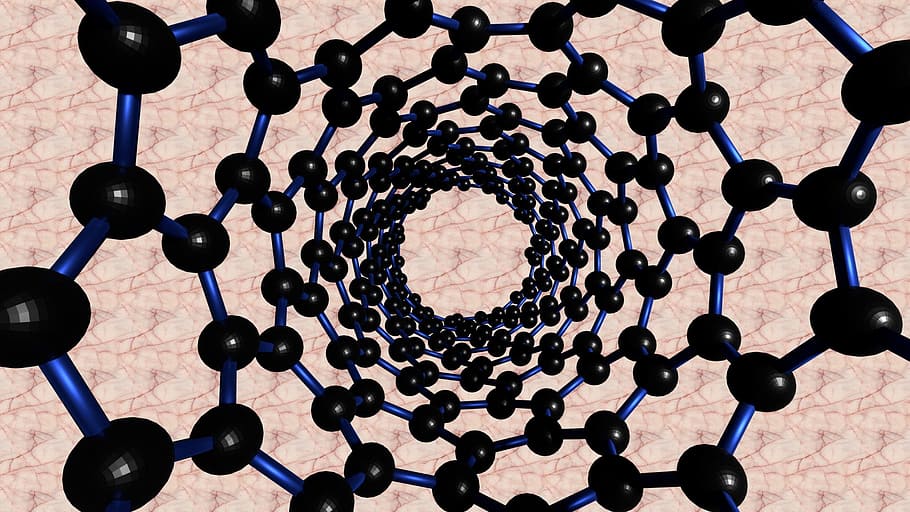
The schematic transformation that occurs during this process of phosphodiester linkages has been elaborated in Fig 2. Thus, depending upon the types of enzyme used, the hydrolyzation of the phosphodiester bond of DNA occurs, either to the 5′- phosphate group or 3′- whereas contrary to it, the RNA bonds, with minor exceptions, undergo the cycle of transesterification to a 2’- or 3’- cyclic phosphate that ultimately gets hydrolyzed to 2’- or 3’- phosphate groups. What bond is cleaved by during the first reaction of integration? In the biological systems, the diester linkage of 5′-O of one nucleotide to the 3′-O of another are cleaved by many of the diversified enzymes. Cleavages of the phosphodiester linkages by the enzymes of protein and nucleases are a very important biological process and hence, catalytic effectiveness of the nucleases and the ribonucleic acids has made the phosphodiester cleavages to be center of research in many internationally recognized research laboratories. The polymeric diesters of phosphoric acids are the nucleic acids that are very capable to store and transfer biological information. Watch the video below to get an overview of the structure of DNA and RNA and find out where phosphodiester bond forms. And so, the convention sequences are written in the 5’->3’- direction. Thus, the synthesis of the bond will proceed to the 3’- end via 5’- end.
DNA CARBON BACKBONE FREE
Similarly, there is a free phosphate group present at the 5′ end present at the 5′- carbon of the sugar. As far as the anatomy of the chemical reaction is concerned, there is a free -OH group available at the 3′ end present at the 3′- carbon of the sugar. How do the nucleotides bond? The links between the nucleotides are the phosphodiester bonds (nucleotide phosphodiester bond). This nuclei strand is a phosphate pentose polymer also written as the polyester that has purine and pyrimidine bases as the side groups. The said condensation reaction, in nature, is very similar to the peptide condensation reactions and as a result, a single nucleic acid strand is formed. The polymerization of RNA and DNA occurs by the process of condensation of two monomers or the strands of DNA and RNA with the nucleotide triphosphate.

In: Dubitzky W., Wolkenhauer O., Cho KH., Yokota H. Figure 2: The Structure of Ribonucleoside Triphosphate Formation and the Phosphodiester Bond Formation. The structure of ribonucleoside triphosphate formation and the phosphodiester bond formation can be seen in Fig 1. Thus, after the successful elimination of the water molecule, a linkage is formed that has been referred to as the phosphodiester linkage. The nucleotides are formed via a nitrogen base (adenine, guanine, thymine, uracil, or cytosine), a pentose sugar, and a phosphate molecule (PO4-3). The ester bonds are formed as the result of a condensation reaction in which the water molecule is lost.ĭuring the polymerization of the nucleotides, so that the nucleic acids are formed, the -OH in the phosphate groups gets attached to the 3′- carbon of the sugar of one nucleotide to the phosphate of the other available nucleotide, and hence, the ester bonds are formed. It can be seen in Eqs 1 that during the reaction in between the -OH groups of phosphoric acid and other molecules, a couple of ester bonds are formed in the phosphodiester group. The schematic diagram of the formation of the phosphodiester bond is elaborated in Eqs 1. These are the bonds that hold the sugar-phosphate components of the DNA molecule together. The 3′- carbon is linked with the 5′- carbon in the DNA and RNA via the phosphodiester bonds and thus they act as the backbone of nucleotides. Source: Modified by Maria Victoria Gonzaga, from the works of Madeleine Price Ball (left structure) and G3-Pro (middle structure), CC BY-SA 3.0. Figure1: Phosphodiester bond formation in nucleic acid – diagram. What is a phosphodiester bond formed between groups or molecules? Phosphodiester bonds are formed due to the reaction in between the hydroxyl groups of two sugar groups and a phosphate group and thus, oligonucleotide polymers are formed as the result of a combination of the diester bond in the phosphoric acid and the sugar molecules present in the DNA and RNA backbone.


 0 kommentar(er)
0 kommentar(er)
